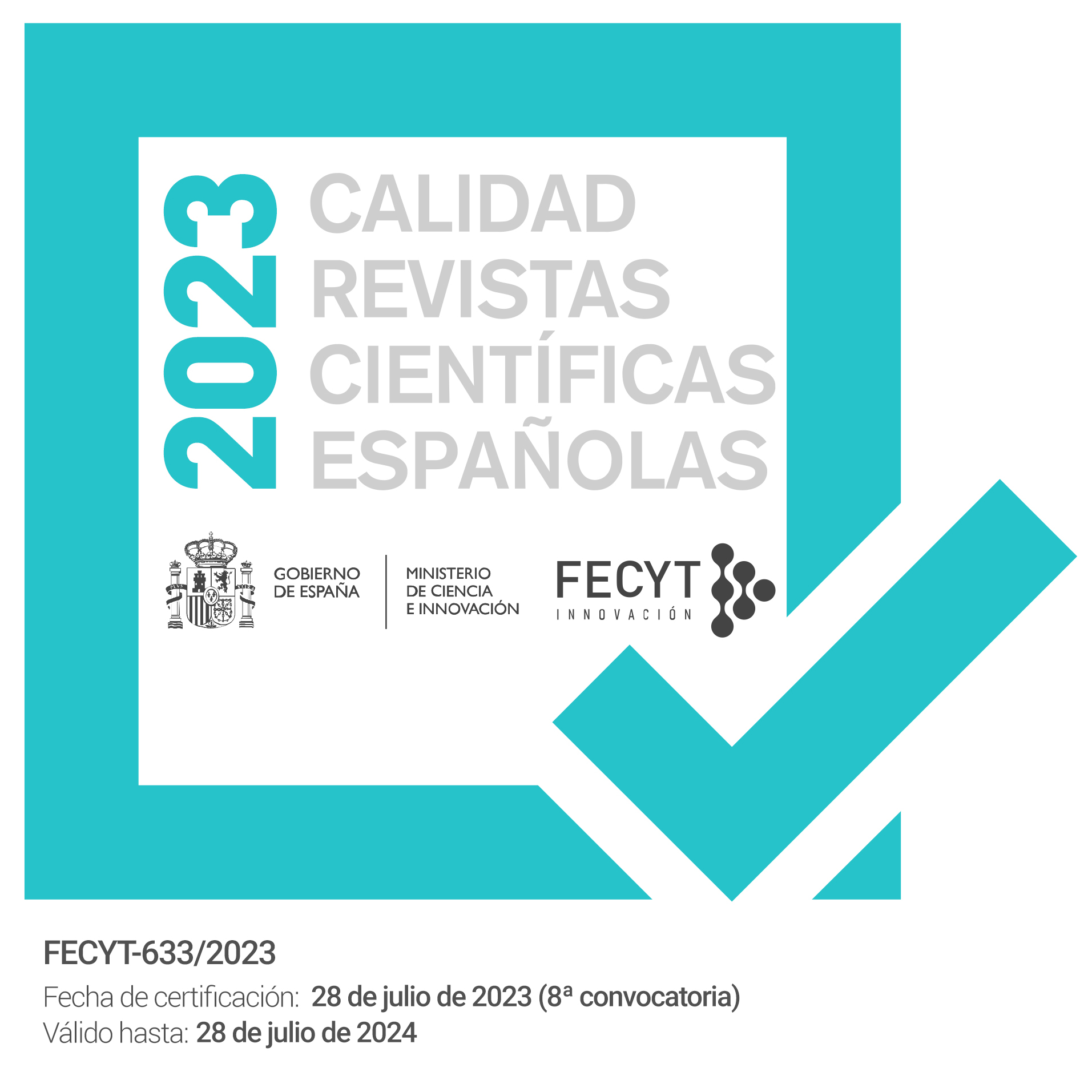A primatological perspective on human cultural origins: When did cumulative culture evolved in our lineage
Abstract
Keywords
DOI: https://doi.org/10.7203/metode.14.26517
References
Badihi, G., Graham, K. E., Fallon, B., Safryghin, A., Soldati, A., Zuberbühler, K., & Hobaiter, C. (2023). Dialects in leaf-clipping and other leaf-modifying gestures between neighbouring communities of East African chimpanzees. Scientific Reports, 13(1), 147. https://doi.org/10.1038/s41598-022-25814-x
Bandini, E., Grossmann, J., Funk, M., Albiach‐Serrano, A., & Tennie, C. (2021). Naïve orangutans (Pongo abelii and Pongo pygmaeus) individually acquire nut‐cracking using hammer tools. American Journal of Primatology, 83(9), e23304. https://doi.org/10.1002/ajp.23304
Bandini, E., Motes-Rodrigo, A., Archer, W., Minchin, T., Axelsen, H., Hernandez-Aguilar, R. A., McPherron, S. P., & Tennie, C. (2021). Naïve, unenculturated chimpanzees fail to make and use flaked stone tools. Open Research Europe, 1, 20. https://doi.org/10.12688/openreseurope.13186.1
Boyd, R., & Richerson, P. J. (1996). Why culture is common, but cultural evolution is rare. Proceedings of the British Academy, 88, 77–93.
Braun, D. R., Aldeias, A., Archer, W., Arrowsmith, J. R., Baraki, N., Campisano, C. J., Deino, A. L., DiMaggio, E. N., Dupont-Nivet, G., Engda, B., Feary, D. A., Garello, D. I., Kerfelew, Z., McPherron, S. P., Patterson, D. B., Reeves, J. S., Thompson, J. C., & Reed, K. E. (2019). Earliest known Oldowan artifacts at > 2.58 Ma from Ledi-Geraru, Ethiopia, highlight early technological diversity. PNAS, 116, 11712–11717. https://doi.org/10.1073/pnas.1820177116
Breen, A. J. (2021). Animal culture research should include avian nest construction. Biology Letters, 17(7), 20210327. https://doi.org/10.1098/rsbl.2021.0327
Dean, L. G., Kendal, R. L., Schapiro, S. J., Thierry, B., & Laland, K. N. (2012). Identification of the social and cognitive processes underlying human cumulative culture. Science, 335(6072), 1114–1118. https://doi.org/10.1126/science.1213969
Dean, L. G., Vale, G. L., Laland, K. N., Flynn, E., & Kendal, R. L. (2014). Human cumulative culture: A comparative perspective. Biological Reviews, 89(2), 284–301. https://doi.org/10.1111/brv.12053
Garland, E. C., Garrigue, C., & Noad, M. J. (2021). When does cultural evolution become cumulative culture? A case study of humpback whale song. Philosophical Transactions of the Royal Society B: Biological Sciences, 377(1843), 20200313. https://doi.org/10.1098/rstb.2020.0313
Harmand, S., Lewis, J. E., Feibel, C. S., Lepre, C. J., Prat, S., Lenoble, A., Boës, X., Quinn, R. L., Brenet, M., Arroyo, A., Taylor, N., Clément, S., Daver, G., Brugal, J., Leakey, L. N., Mortlock, R. A., Wright, J. D., Lokorodi, S., Kirwa, C., … Roche, H. (2015). 3.3-million-year-old stone tools from Lomekwi 3, West Turkana, Kenya. Nature, 521, 310–315. https://doi.org/10.1038/nature14464
Laland, K. N., & Hoppitt, W. (2003). Do animals have culture? Evolutionary Anthropology, 12(3), 150–159. https://doi.org/10.1002/evan.10111
Legare, C. H., & Nielsen, M. (2015). Imitation and innovation: The dual engines of cultural learning. Trends in Cognitive Sciences, 19, 688–699. https://doi.org/10.1016/j.tics.2015.08.005
Motes-Rodrigo, A., McPherron, S. P., Archer, W., Hernandez-Aguilar, R. A., & Tennie, C. (2022). Experimental investigation of orangutans’ lithic percussive and sharp stone tool behaviours. PLOS ONE, 17(2), e0263343. https://doi.org/10.1371/journal.pone.0263343
Motes-Rodrigo, A., Mundry, R., Call, J., & Tennie, C. (2021). Evaluating the influence of action- and subject-specific factors on chimpanzee action copying. Royal Society Open Science, 8(2), 200228. https://doi.org/10.1098/rsos.200228
Motes-Rodrigo, A., & Tennie, C. (2023). Ape knapping then and now: Limited social learning of sharp-stone tool production and use in untrained non-human apes. In A. Karakostis & G. Jäger (Eds.), Biocultural implications: An agenda for integrative approaches (pp. 97–122). Kerns Verlag. https:doi.org/10.51315/9783935751384.005
Snyder, W. D., Reeves, J. S., & Tennie, C. (2022). Early knapping techniques do not necessitate cultural transmission. Science Advances, 8(27), eabo2894. https://doi.org/10.1126/sciadv.abo2894
Toth, N., Schick, K. D., Savage-Rumbaugh, E. S., Sevcik, R. A., & Rumbaugh, D. M. (1993). Pan the tool-maker: Investigations into the stone tool-making and tool-using capabilities of a bonobo (Pan paniscus). Journal of Archaeological Science, 20, 81–91. https://doi.org/10.1006/jasc.1993.1006
Wright, R. V. S. (1972). Imitative learning of a flaked stone technology — The case of an orangutan. Mankind, 8, 296–306. https://doi.org/10.1111/j.1835-9310.1972.tb00451.x
Zandberg, L., Lachlan, R. F., Lamoni, L., & Garland, E. C. (2021). Global cultural evolutionary model of humpback whale song. Philosophical Transactions of the Royal Society B: Biological Sciences, 376(1836), 20200242. https://doi.org/10.1098/rstb.2020.0242
Refbacks
- There are currently no refbacks.



